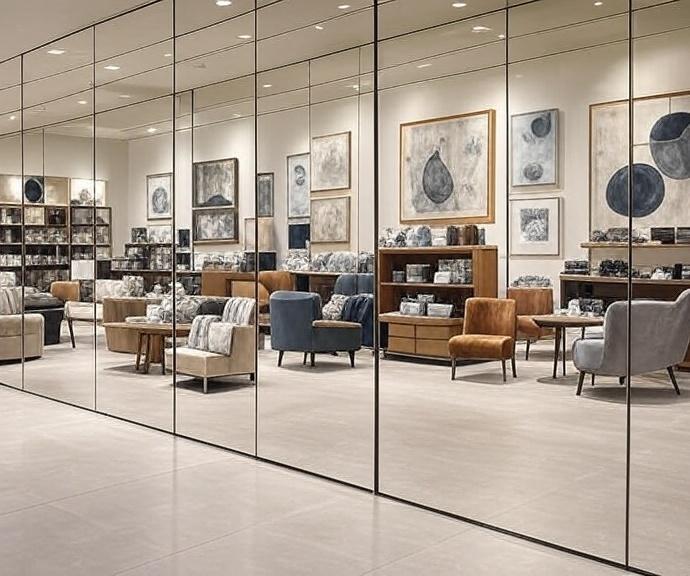
Mirror cladding installation has become a sought-after feature in commercial interiors, combining visual impact with practical benefits. Used in offices, hotels, retail stores, and gyms to make spaces feel larger, brighter, and more sophisticated.
But many businesses ask: how is mirror cladding installed, what materials are used, and what safety measures should be taken? This guide covers the mirror cladding process step by step, explains common materials, and highlights key safety tips to ensure compliance and durability.
What Exactly is Mirror Cladding?
Before diving into installation, it’s important to understand what mirror cladding is and how it differs from standard mirror wall panels.
Mirror cladding refers to the installation of large, mirrored sheets across entire walls, ceilings, or columns, typically for commercial interiors. Unlike smaller mirror wall panels, cladding is designed for continuous, large-scale coverage in high-impact spaces such as hotel lobbies, office receptions, and retail showrooms. Businesses choose mirror cladding not only for aesthetics but also for its ability to reflect light, improve spatial perception, and elevate brand presentation.
Read More: What is Mirror Cladding
Step-by-Step Installation Process for Mirror Cladding
1. Preparing the Surface
The first step in mirror cladding installation is preparing the surface. Walls must be clean, dry, and level to ensure a smooth and secure fit. Any cracks, dampness, or uneven areas are repaired before installation begins. Proper surface preparation prevents weak adhesion and ensures the panels remain stable over time.
2. Measuring and Cutting
Accurate measurement is essential to achieving a professional finish. Each section of the wall is measured with precision, ensuring the mirrored panels will fit seamlessly. The mirrors are then cut using specialised tools, which allows for exact sizing and minimises visible seams.
3. Choosing the Fixing Method
The method of fixing depends on the environment, panel size, and safety requirements. Adhesive fixing provides a flush, sleek look and is commonly used in offices and retail interiors with lightweight panels. Mechanical fixing, which uses brackets or channels, is chosen for larger or heavier panels where extra support is required. For high-traffic areas such as hotels, gyms, or hospitality venues, a combination fixing method is often recommended. This approach combines adhesive and mechanical techniques to maximise durability and safety.
4. Installation and Alignment
Once the panels are prepared, they are carefully positioned onto the wall. Proper alignment is critical to avoid visible gaps, distortions, or uneven reflections. Spacing and balance are checked throughout the process to maintain visual consistency. Depending on the design, panel edges are secured with trims, seals, or channels for added stability and a polished appearance.
5. Finishing Touches
The final stage involves perfecting the overall finish. Edges may be framed, sealed, or polished to enhance the design and prevent future wear. A detailed inspection is then carried out to ensure compliance with UK building regulations for mirror cladding, safety standards, and long-term performance requirements.
What Materials Are Commonly Used in Mirror Cladding?
1. Glass mirrors: The most popular choice for premium interiors; offer clear reflection but require safety backing.
2. Acrylic mirrors: Lightweight, shatter-resistant, and suitable for gyms, schools, or high-traffic areas.
3. Aluminium composite mirror sheets: Durable, weather-resistant, and often chosen for large-scale commercial projects.
4. Backing boards & adhesives: Provide extra support and improve installation safety.
Tip: Material selection often depends on the commercial environment. For example, use acrylic for high-traffic gyms and glass for luxury office lobbies.
Safety Tips for Installing Mirror Cladding in Commercial Spaces
Installing mirror cladding in UK commercial interiors requires strict attention to safety and compliance. Here are the key considerations:
1. Always use safety-backed glass or shatter-resistant acrylic in high-traffic environments.
2. Comply with UK building regulations to ensure fire safety, structural stability, and safe load-bearing.
3. Avoid DIY installation. Professional fitting ensures correct handling, alignment, and compliance.
4. Use fire-rated materials where required, especially in hospitality or large venues.
5. Schedule inspections regularly and clean with non-abrasive solutions to maintain clarity and safety.
For budgeting insights, explore Mirror Cladding Cost in the UK.
Final Thoughts
Mirror cladding can enhance the design and functionality of commercial interiors but correct installation and safety precautions are key. From material selection to professional fixing methods, understanding the process helps businesses make informed choices.
FAQs
Yes, but it requires reinforced fixing methods and lightweight materials such as acrylic to ensure safety.
.
Depending on the size and complexity, installations can range from a few days for small offices to several weeks for large-scale projects.
Regular cleaning with non-abrasive products is recommended. Anti-smudge coatings can be applied during installation to reduce upkeep.
Indirectly, yes. It maximises natural light reflection, reducing the need for artificial lighting.
Adhesive fixing is sufficient for small to medium projects, while mechanical fixing provides stronger, long-term support for heavy-duty commercial settings.












